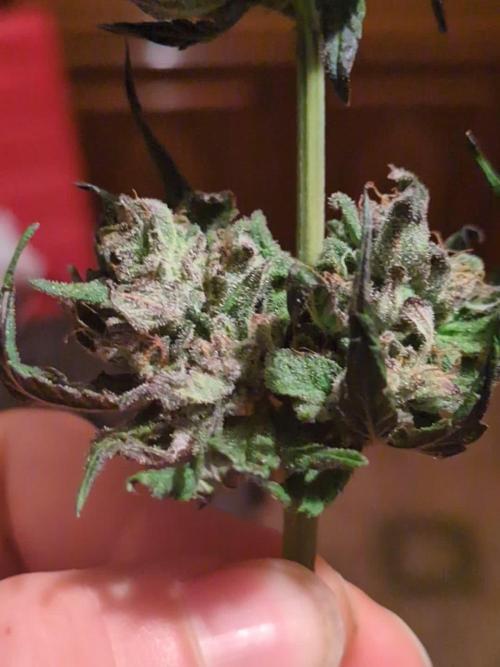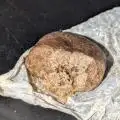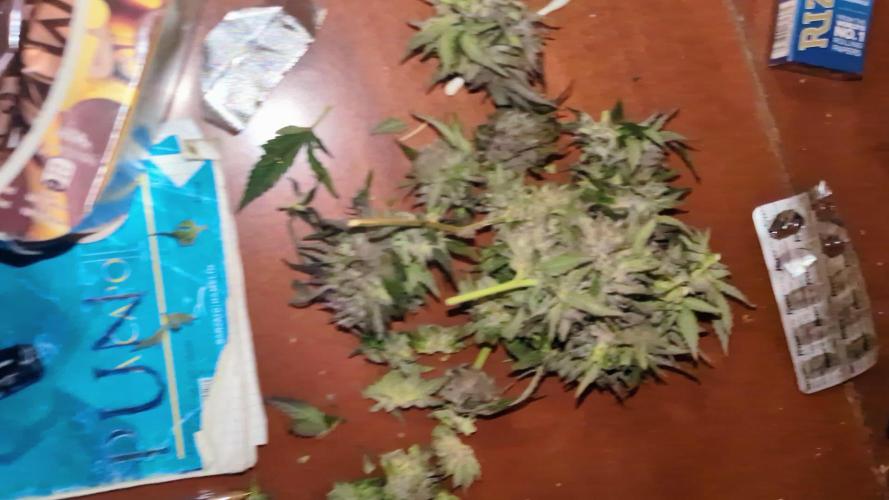The Grow Awards 2026 🏆 





























Likes
Comments
Share


@Original_Growers
Follow
Day 1.
The cuttings after being rooted in the special tray were transplanted into small jars and allowed to acclimatize in the appropriate boxes. After a few days we transplanted them into 18 L pots filled with plagron growmix, a prefertilized substrate, and then they were placed inside our cultivation box, the one in the photos. Being a prefertilized substrate we watered with only water with a pH of 6.5 until the water ran out into the saucers. As the 18 L pots are very large, no more water was needed for the first 5 days.
DAY4.
The plants were topped.
Likes
20
Share


@TenerifeCultiva
Follow
Peleando un poco con la temperatura y humedad pero de resto perfecto, hemos hecho una defoliacion bastante sutil.
Likes
67
Share


@Basementganja
Follow
Day 91 from seed! She's been fed/watered every 4 days (when media is 90% dry) with 2.5 gallons flood-and-drain style of the above listed nutes.
Other than that, I have only been plucking the occasional leaf that looks at me funny! :)
Next week is flush week! I'll start next week by dragging her into the bathtub, to flow 50 gallons of tap water through the roots.
Then she will be on plain tap water(2.5 gallons every 4 days) for two waterings - She should be dry on day 100, and ready for harvest!
Likes
13
Share


@Oyziphar
Follow
This week wasn't as bad as last week 😊 Nights were cold 😰, but not to much rain 😿 and a few hours of sun 😍
Temperatures in the greenhouse were medium : during the day 20°C 💀; min temp 3.5°C ; max temp 31,7°C 😤
Cookies Gelato has turned completely purple 👍👍👍
I defoliated the plants 😙 and had to remove budrot (especially in the Cookies Gelatoes)😨
I took the prettiest Cookies Gelato outside for a photo session in my garden 😍
Probably these will be the last pictures of the plans, before harvesting ! 👍😄
Likes
9
Share


@Headies
Follow
So Friday will be day 70. I messed up a lot, did lst and used big pots so I'm thinking these might go 3-5 more weeks. They smelled so amazing a few times today though. First the purple punch, then the sour diesel, then the girl scout cookies, each gave off aromas one after the other a few times today. The purple punch smalls so sweet and delicious.
Likes
54
Share


@MistaOC
Follow
06.05. Day 100
60 Days of flowering
Harvestday
May 6th — what a day. Back from vacation in the afternoon and wrapped up the Grow Cup in the evening. It was a long, exhausting day, but one I’ll never forget. Those five legendary ladies made it truly unforgettable!
Likes
3
Share


@BLAZED
Follow
Week 11 (26-8 to 1-9)
26-8
Temps: 20.5 to 26.1 degrees
Humidity: 50% to 56%
27-8
Temps: 20.7 to 27.3 degrees
Humidity: 50% to 56%
Watering: Both 1500 ml. (Only Calcium) EC: 0.4 PH: 5.6
Dry Weight: Both 2.7 kg.
28-8
Temps: 21.5 to 28 degrees
Humidity: 51% to 56%
29-8
Temps: 23.3 to 27.4 degrees
Humidity: 55% to 62%
30-8
Temps: 19.9 to 27.7 degrees
Humidity: 50% to 60%
31-8
Temps: 20.2 to 26.6 degrees
Humidity: 50% to 55%
1-9
Temps: 21.1 to 29.1 degrees
Humidity: 49% to 55%
Watering: Both 1000 ml. EC: 1.4 PH: 5.6
Dry Weight: Both 2.4 kg.
Recalibrated my PH pen and it was only 0.1 off, so i dont think the leaf problems are PH related.
Likes
14
Share


@CampaCavallo
Follow
4ª Settimana di Fioritura 💐💐💐💐
Cari amici della CampaCavallo e della Cannabis 💚, eccoci qui cn queste belle foto delle cime della bella RUNTZ 💓!
Le vedete? Si stanno propio riempendo di neve 😍🏔️
Vi piacciono?
... A me un sacco 🙏🏼🤩😍
Likes
21
Share


@Swiftgrow
Follow
# Day 50 today from seed happy with the progress for my first indoor grow, learnt a lot.
Wedding cheesecake producing some nice big buds
West coast OG is maturing the best starting to see some nice colours
Sour goo poison is stunted but she is still flowering okay 👌
Likes
37
Share


@GreenHouseLab
Follow
Week 8 in the books, cruising to the finish line two more hard watering each and 48 hrs of darkness starting Friday.
Genetics: Natty Roots Seed Co
Instagram: @green_house_lab
Likes
27
Share


@DeepRootsGrowTrees
Follow
GELATO-K BY KANNABIA
Week #21 Mar.29-Apr.5th
Week #10 Flower
Checked trichomes they are about 60% clear 40% milky so this was the last week for feeding. Stay Growing!! Thank you for taking a look at the diary!!
Likes
9
Share


@Headies
Follow
So this week after I gave it under nutrients I apparently gave it too much nitrogen while having a potassium deficiency. Shiney dark leaves, So i fixed that, but some didn't bounce back, and I tried nitrogen. I think they are doing pretty good considering everything I've put them through SO FAR. lol. Nutrients are NPK Raw's total lineup, follow their instructions at first, Fastbuds adjustments as of this week.
Likes
4
Share


@Urunascar
Follow
Las retiré de la luz LED para pasarlas a floración, enmende el suelo con compost de la vermicompostera, bokashi, restos de una pequeña poda de bajos mínima (para descartar ciertas ramas que se veían feas) y cubrí con mulch.
La alimentación va a ser esta durante las primeras 2 semanas de flora, luego 3 semanas igual pero sin el FPJ, quizás le de más potencia con un bioflores de biocanna qué tengo de sobra del año pasado.
Iba a hacer lst pero apenas intente mover hacia abajo las dos principales se abrió al medio, selle con precinto, a rezar para que se cicatrice bien de manera sana, esta semana voy a echarle trichodermas en la zona por las dudas
Processing
Likes
16
Share


@Divs_darkroom
Follow
Mixed up 1 ml each of medusas magic, Gaia mania, and Zeus juice into a 1 quart spray bottle adjusted to 6.3 ph. When this gets another set or 2 of true leaves I'll take away the fluorescent and install my new hlg-65 led panel. I'm excited to see what the "special phenotype" really means. Photos are day 13 since it popped out of the soil. Also fed some tribus microbes I got as a freebie :).
Likes
27
Share


@adam_pawloski87
Follow
Over all was an amazing grow, super sticky dense nugs with smell of berries, highly recommended for everyone!!






















